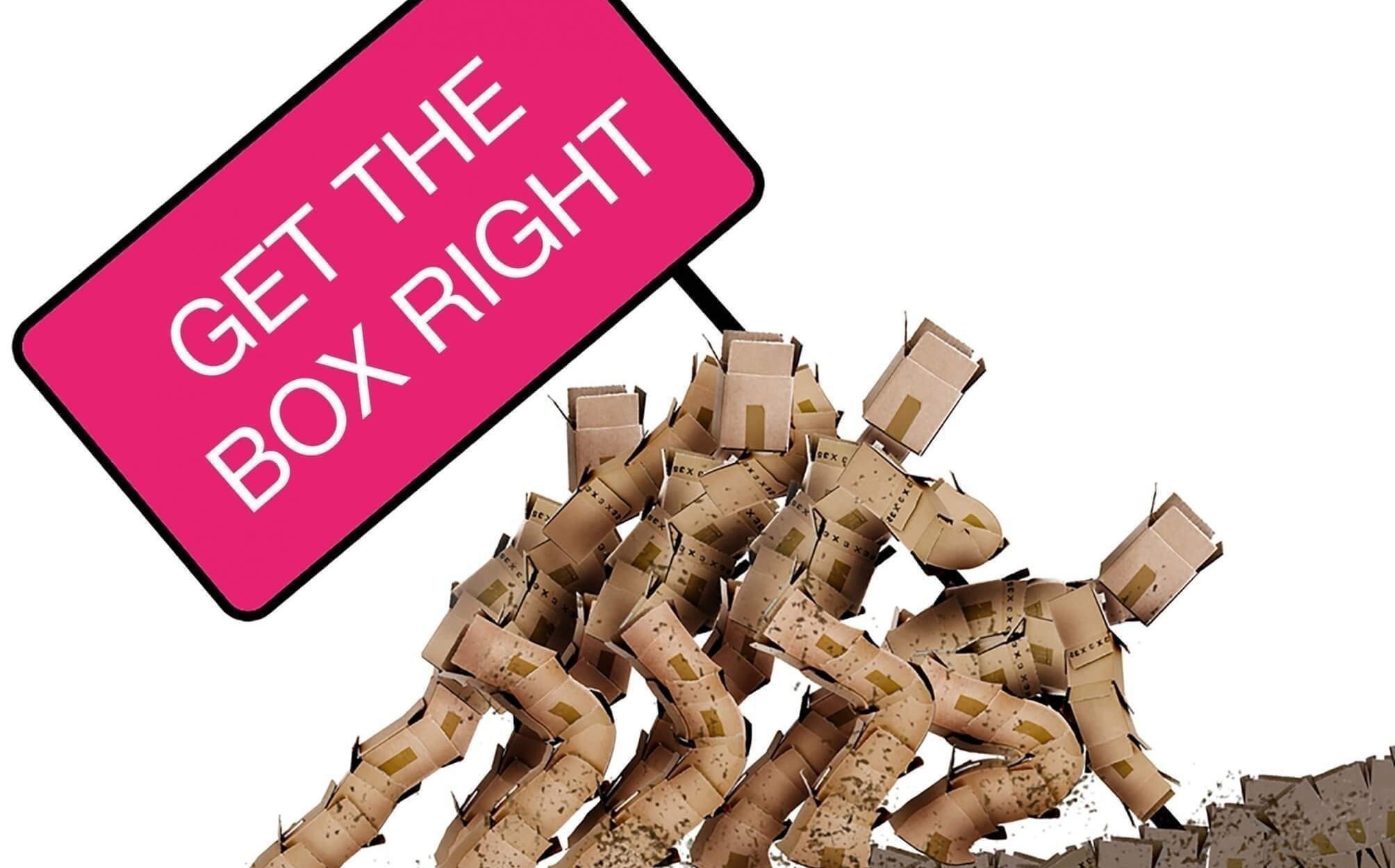So you want to “think outside of the box”? Uh, yeahh. Let’s get a few things straight, first.
I’m going to make a few assumptions. Yeah, yeah, I know you’re thinking about what Oscar Wilde supposedly said: “When you assume, you make an ass out of u and me,” but I’ll take that chance, because dear client, I give a shit about your potential success. And I have an ulterior motive.
I assume that your company provides a product or service that is of value. I assume your company expects your targeted clientele to purchase said product or service. I assume your company has a unique selling proposition. I assume your company could be doing a much better job of delivering that message to said clientele. And thus far, I’m assuming that you’ve had some success. If I’m wrong on any of these assumptions, stop reading now.
As the Creative Director for an agency known for its disruptive approach and devil’s advocate attitude, I’m often asked to “think outside the box,” a term which I despise for a few reasons:
1) It’s a cliche. A platitude. Pedestrian. Boiler plate. Banal. Tired.
2) In the context of advertising, it’s not so much a box, but a block. A building block.
3) It’s probably based on a false assumption. It assumes you’ve got the box right.
Yep, it assumes you’ve got the box right.
Another assumption: You don’t have the box right. If I were a betting man, which I am, I’d bet that your box needs some work.
So I’ll tell you what I tell many of my clients: Let’s focus on the basics first. If you want to create a gourmet meal, any good chef will tell you that the ingredients matter. Here’s a checklist of the basic ingredients you’ll need to deliver a message that resonates with your audience, in order:
Brand Concept
What’s your company’s message? What’s your value proposition? Your tone, your voice, your positioning in the market? Is it wrapped up in a compelling and resonant story or do you resemble everyone else in your space?
Brand Components
Sure, you have a logo, but your brand is so much more. You need a color palette, fonts and supporting visual elements that embody the qualities and personality of your brand and distinguish your company from your competitors.
Supporting Assets
Today’s market demands a full suite of cross-channel assets: Photography, video, copy writing, infographics and illustrations. If your story is worth telling, it’s worth telling properly.
Content Strategy
Content is king in today’s rapid fire market. Your content needs to encompass your brand message, be written in your brand’s voice and prove that you are a thought leader in your space.
Identity Collateral
Yep, you still need a business card. You’ll also need other thoughtful digital and print collateral that support your sales process and improve client communication. Bonus if your print materials point to your digital presence for improved conversion and accurate tracking.
Website
Your website should be one of your company’s most valuable assets. Provided that it’s done properly and utilizes all the aforementioned ingredients, it can serve many purposes from referral protection to lead acquisition to client communication and much more. In this arena, as in most, you get what you pay for, so this is no place to skimp.
Reputation Management
Ensure that your listings on Google Places (or whatever it’s called this week), Yelp, and other online aggregators, directories and review sites are present, accurate and positive.
Social Media
You’ll need a strategy and execution plan to build an audience and deliver engaging and resonant content to them on a regular basis via the specific social media channels that are right for your brand.
CRMs and Project Management Software
Client communication is and always will be key to success. Utilizing a CRM (Client Relationship Management) tool and project management software will improve communication and increase efficiency.
Tracking & Analytics
The old adage “Half of my marketing budget is wasted, I just don’t know which half” no longer applies. Once used exclusively for web traffic, analytics can now be used across channels provided you integrate your print with your digital.
Once you’ve developed these basic elements, you’ll be ready for a cohesive marketing plan. Then, and only then, are you allowed to “think outside the box.” Oh, and please don’t say “at the end of the day”.

